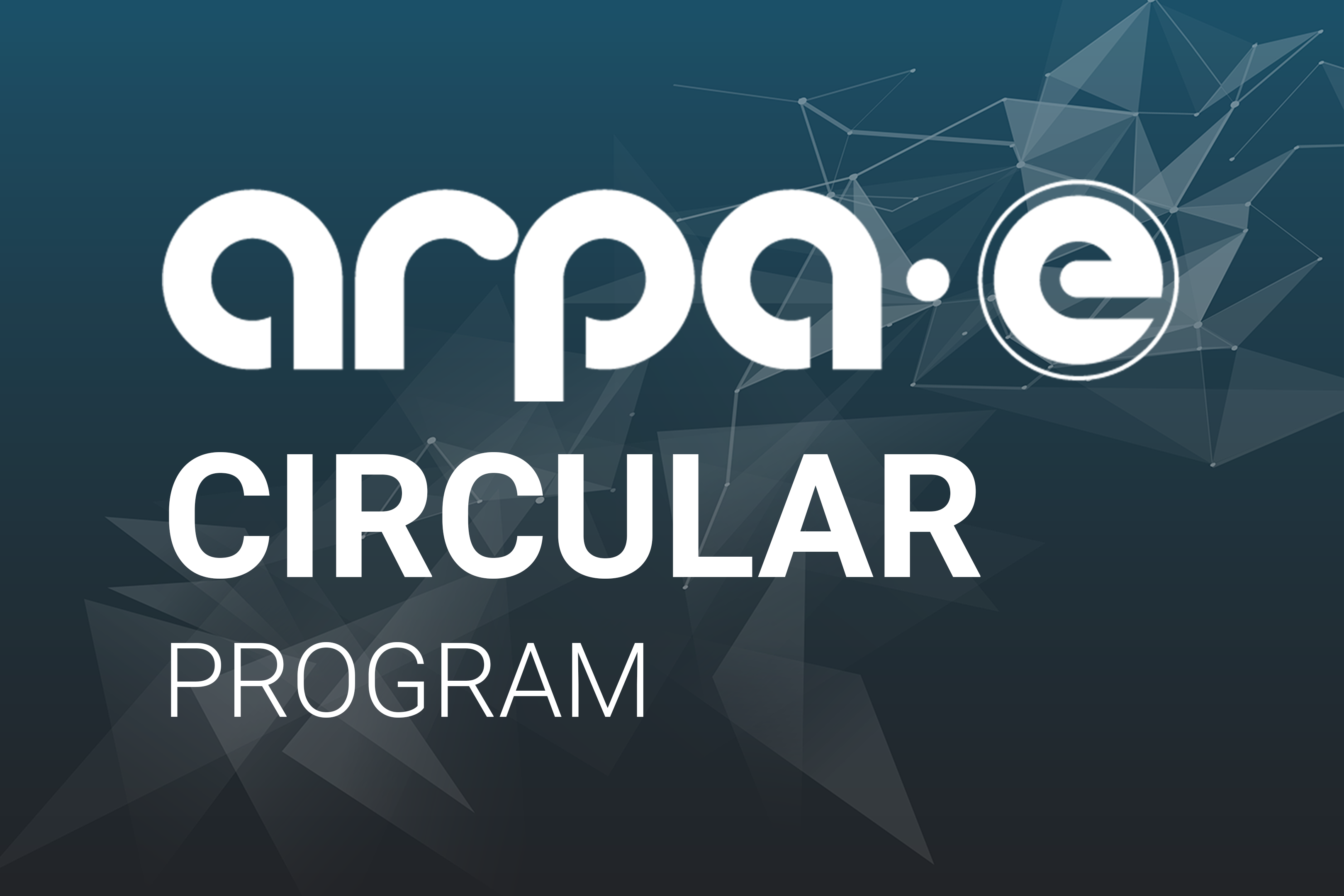Catalyzing Innovative Research for Circular Use of Long-lived Advanced Rechargeables

Program Description:
CIRCULAR aims to develop technologies to support a circular domestic supply chain for electric vehicle (EV) batteries through regeneration, repair, reuse, and remanufacture. Foundational technologies developed within the program are capable of maintaining materials and products in circulation at their highest level of performance and safety for as long as possible.
The program has four categories: A, B, C, and D. Category A projects encompass primarily materials, designs, and regeneration strategies that can be implemented at the battery cell level for the purpose of extending service life. Projects in Category B emphasize innovations at the battery pack level including new materials, designs, and reversible manufacturing techniques as well as fast and safe disassembly methods to recover the manufacturing value. Category C projects prioritize the development and integration of advanced sensing technologies capable of monitoring the state of health of individual cells, associated data analytics and battery intelligence systems to extend the service life of cells, modules, and packs and to determine the fate of individual cells and ensure safety. Projects in Category D focus on analytical tools capable of quantifying the impact of the program’s advancements to support the adoption of these technologies and inform new business models and opportunities.
Innovation Need:
The EV market is growing rapidly. Although a modest 3% of global passenger vehicles on the road are electric, the number is expected to increase to 28% by 2030 and 58% by 2040. Current EV manufacturing practices have been established along a linear economic model of “take, make, use, and dispose” with negligible consideration for battery end of life. Significant increases in the number of EVs will create a large volume of battery waste. Conventional battery recycling methods are prohibitively energy-intensive and emissions-heavy. Furthermore, they fail to recover the embedded manufacturing value of spent battery packs. Recycling strategies are expected to endure increasingly challenging economics as battery chemistries that rely on more abundant and/or less expensive minerals capture increasingly significant market share.
A major shift in conventional thinking and operation is required to realize a truly circular EV battery supply chain. Rapid state-of-health diagnostics and strategies to prolong battery life would keep functional materials from premature disposal. Sustainable designs, innovative materials, reversible manufacturing techniques, and autonomous robotic systems would enable the safe and efficient disassembly for regeneration, repair, and reuse. Finally, technologies for a circular EV supply chain would require increasing collaboration and transparency among those involved to distribute costs and revenues across different actors.
Potential Impact:
Developing a domestic circular supply chain for EV batteries would have the following impacts:
Security:
Reducing imports of critical battery materials, cells, packs, and EVs by establishing new supply chain loops within the U.S.
Environment:
Decreasing the domestic energy burden, landfill waste, and carbon footprint of EVs through regeneration, repair, reuse, and remanufacture.
Economy:
Lowering asset costs per unit amount of energy delivered by retaining the embedded manufacturing value of batteries, prolonging their lifetimes, and extending the use of EVs.
